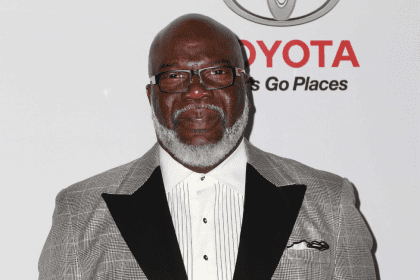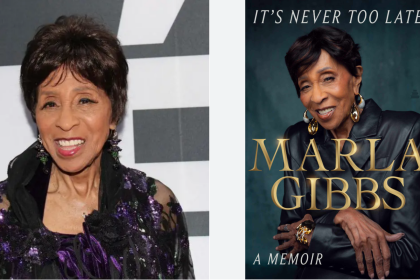When Laphonza Butler received a call from California Gov. Gavin Newsom one Saturday evening, she had no idea that within 48 hours she would transition from leading Emily’s List to becoming California’s junior United States Senator. This remarkable pivot exemplifies the career agility that has defined Butler’s professional journey, offering valuable lessons for anyone navigating significant career changes.
Three essential principles for successful transitions
Throughout her career, Butler has developed a framework for managing major professional changes. Her experience offers three key insights that can guide others through their own career transitions.
The first principle centers on recognizing and leveraging your inherent strengths. “Everything that you need you already have,” said Butler, whose term ended on Dec. 8, 2024, when she was succeeded by Adam Schiff. She points to her own journey from Mississippi to the Senate chambers as evidence that existing skills can transfer across seemingly disparate roles.
The second principle focuses on the power of authentic connection. Butler’s ability to build genuine relationships has been crucial in each career pivot. “It’s hard to pivot and lead if you aren’t able to connect and bring people on the journey with you,” she explains. This emphasis on human connection has helped her navigate transitions from labor organizing to political consulting and ultimately to the Senate.
The third principle involves maintaining perspective through change. Butler’s experience transitioning to the Senate during an international crisis taught her the importance of staying grounded while adapting to new responsibilities. She developed a three-part daily practice of journaling, exercise and prayer to maintain balance during intense transitions.
From labor leader to political powerhouse
Butler’s career trajectory offers a masterclass in professional evolution. As a labor leader with SEIU, she fought for fair wages and worker rights. Later, as president of Emily’s List, she championed women’s political empowerment. Each role built upon previous experiences while requiring new skills and perspectives.
“My trajectory has definitely not been a straight line,” Butler reflects, noting how her background as a young Black girl from Mississippi shaped her approach to leadership. This nonlinear path has given her unique insights into the challenges and opportunities that come with career changes.
One of Butler’s most valuable lessons came from a mentor in 2008, who advised her to always negotiate from a position of power. This principle has guided her through numerous transitions. “You have something that the other person needs,” she remembers being told, a perspective that has helped her maintain confidence during challenging career moves.
Building resilience through connection
Butler’s approach to managing career transitions extends beyond professional strategy to include personal resilience. She emphasizes the importance of staying connected to others during periods of change, particularly when facing adversity or uncertainty.
“When we get distracted by our despair, the tendency is to isolate,” she observes. Instead, Butler advocates for maintaining and strengthening relationships during transitions. This connection-centered approach has helped her navigate everything from organizational changes to national crises.
Creating opportunities through transition
Perhaps most significantly, Butler views career transitions as opportunities to create pathways for others. In nearly every leadership position she has held, her successor has been a woman, often a woman of color. This pattern reflects her belief that successful transitions should benefit both the individual and the broader community.
Butler’s practical approach to managing change includes specific daily habits. Her combination of journaling, exercise and prayer provides the space needed for reflection and rejuvenation. “It’s not about being perfect at it,” she explains. “It’s just about knowing what I need when I need it.”
Looking forward while staying grounded
At 45, Butler’s reflections on her career transitions offer valuable insights for professionals at all stages. Her experience demonstrates that successful career pivots require a combination of self-awareness, relationship building and practical resilience strategies.
“You can’t pivot and lead if you aren’t able to connect,” Butler emphasizes, summing up her philosophy on career transitions. This focus on human connection, combined with strategic thinking and personal resilience, provides a framework for navigating professional changes in an increasingly dynamic work environment.
As organizations and careers continue to evolve at an unprecedented pace, Butler’s insights on managing transitions become increasingly relevant. Her journey from labor organizer to United States Senator demonstrates that with the right approach, career pivots can become opportunities for both personal growth and societal impact.

















